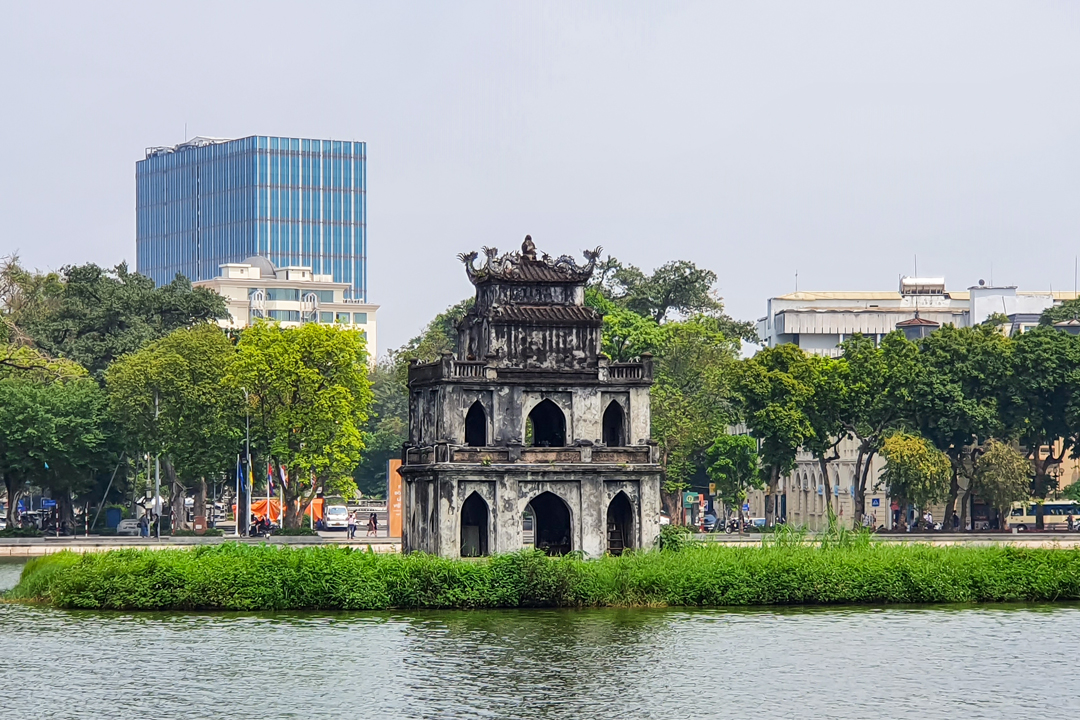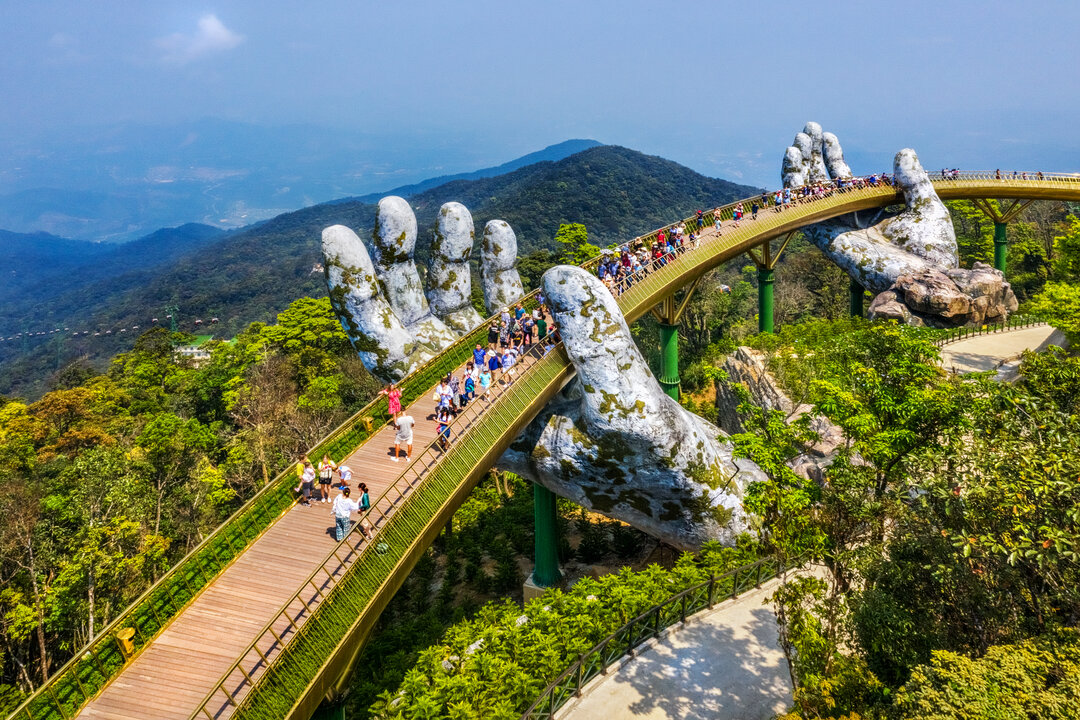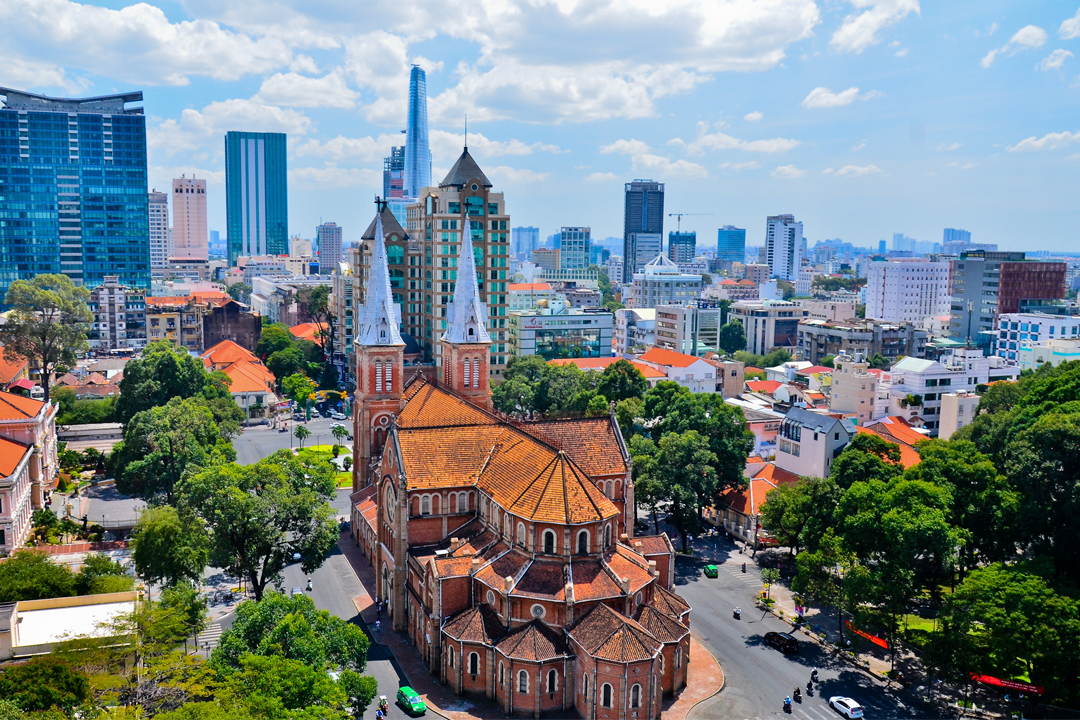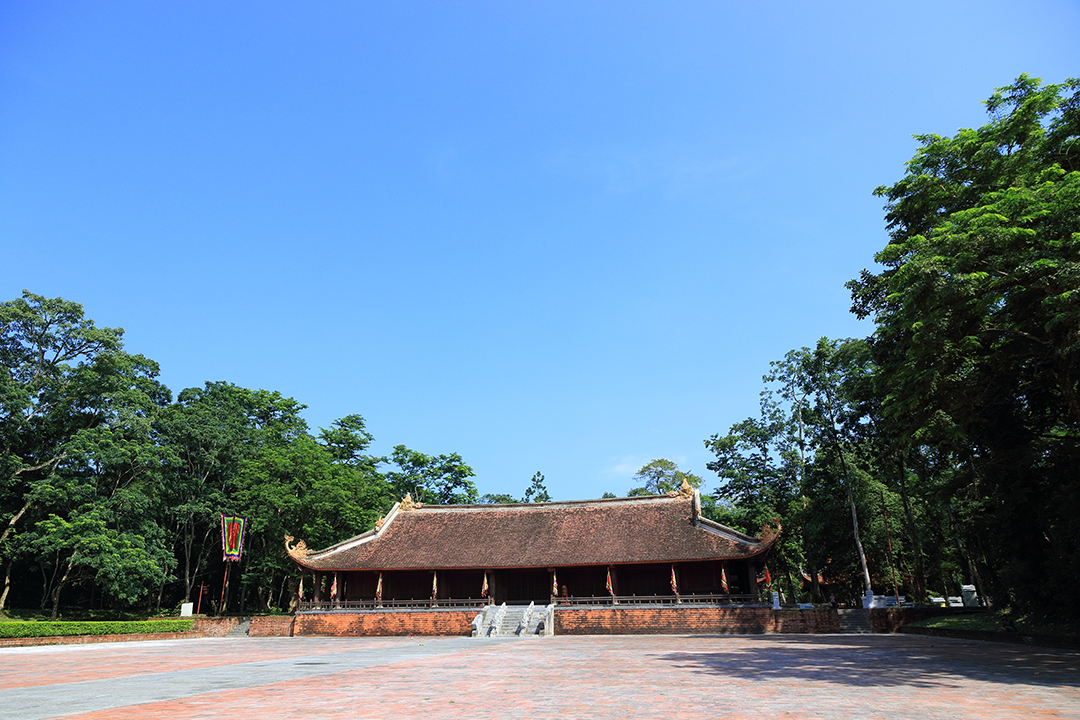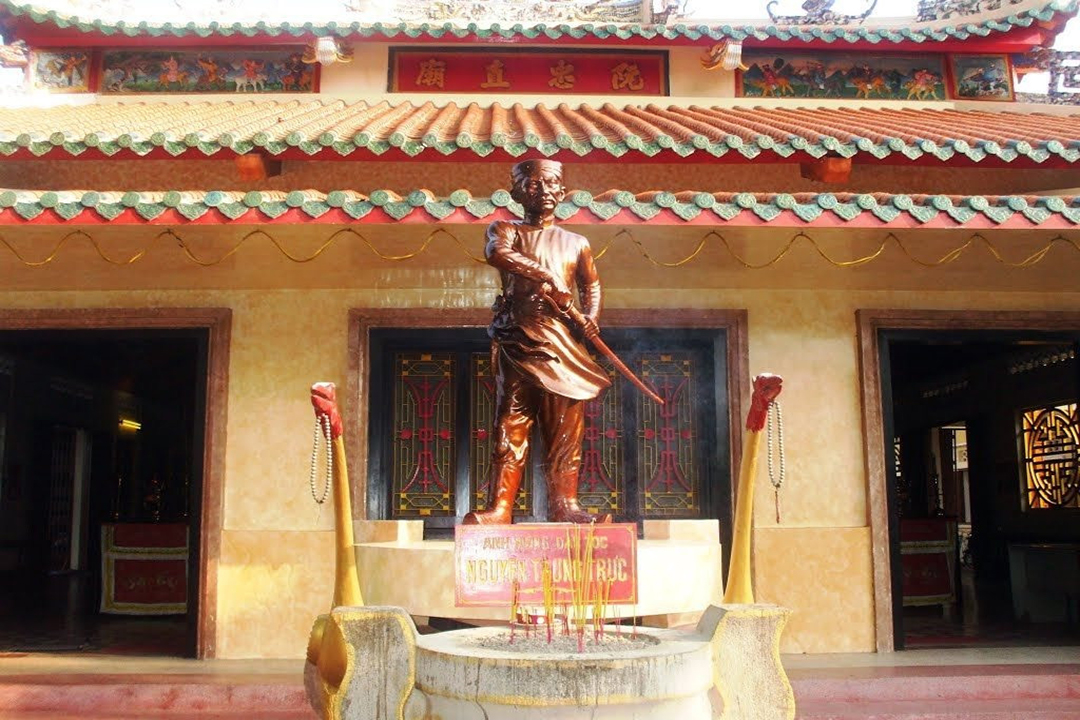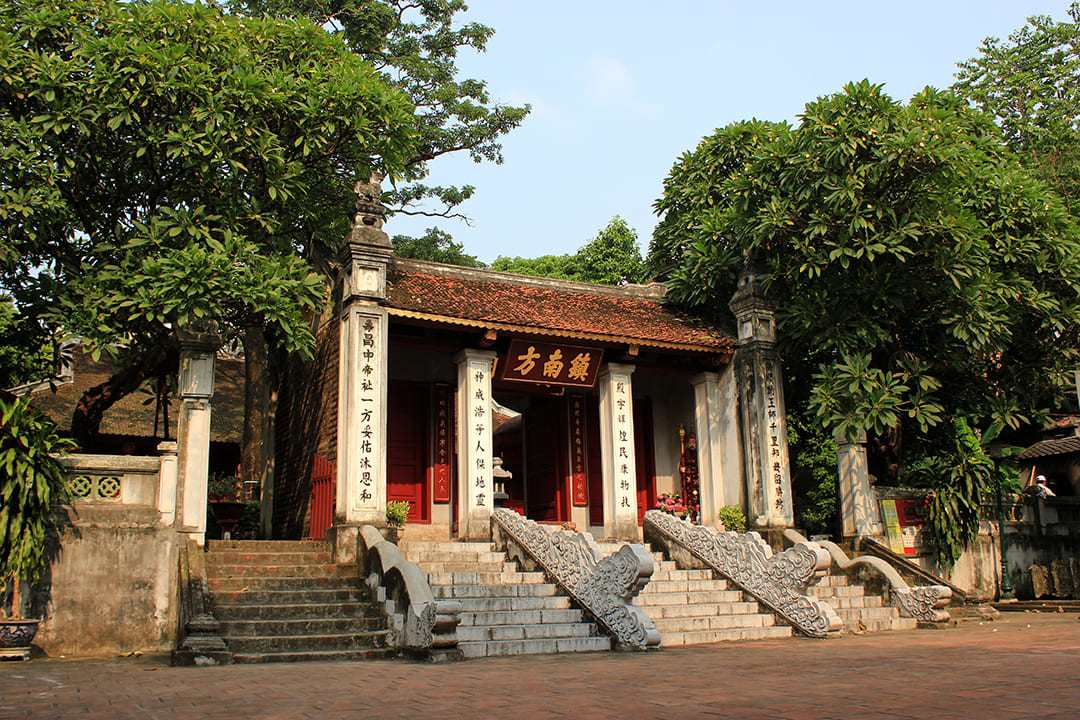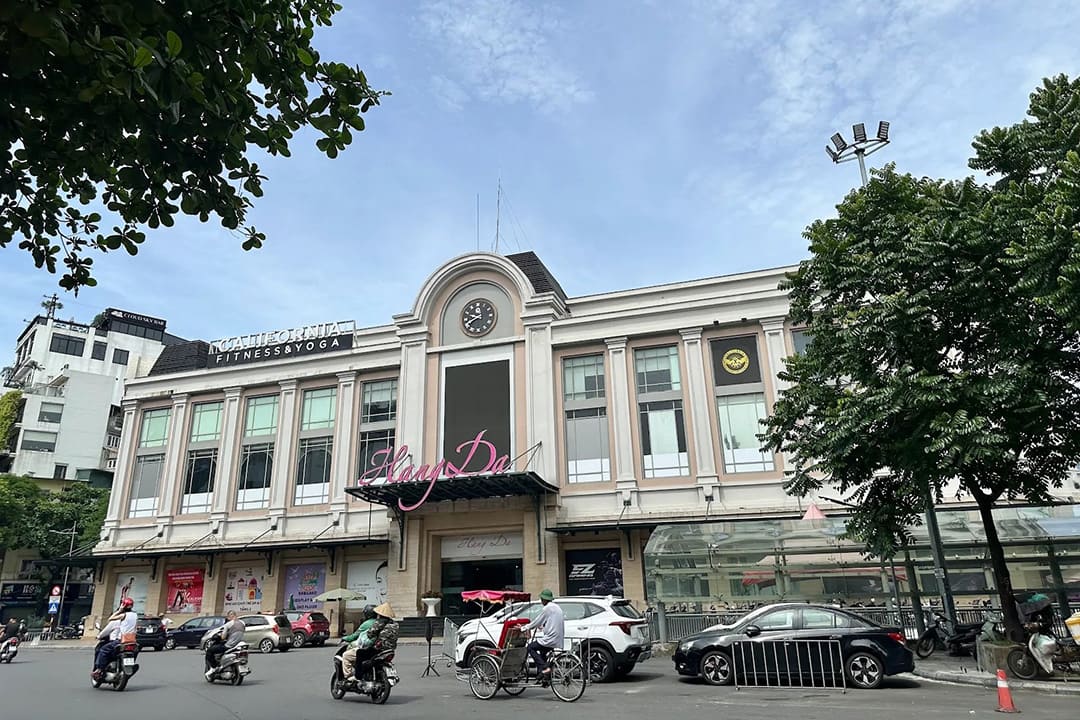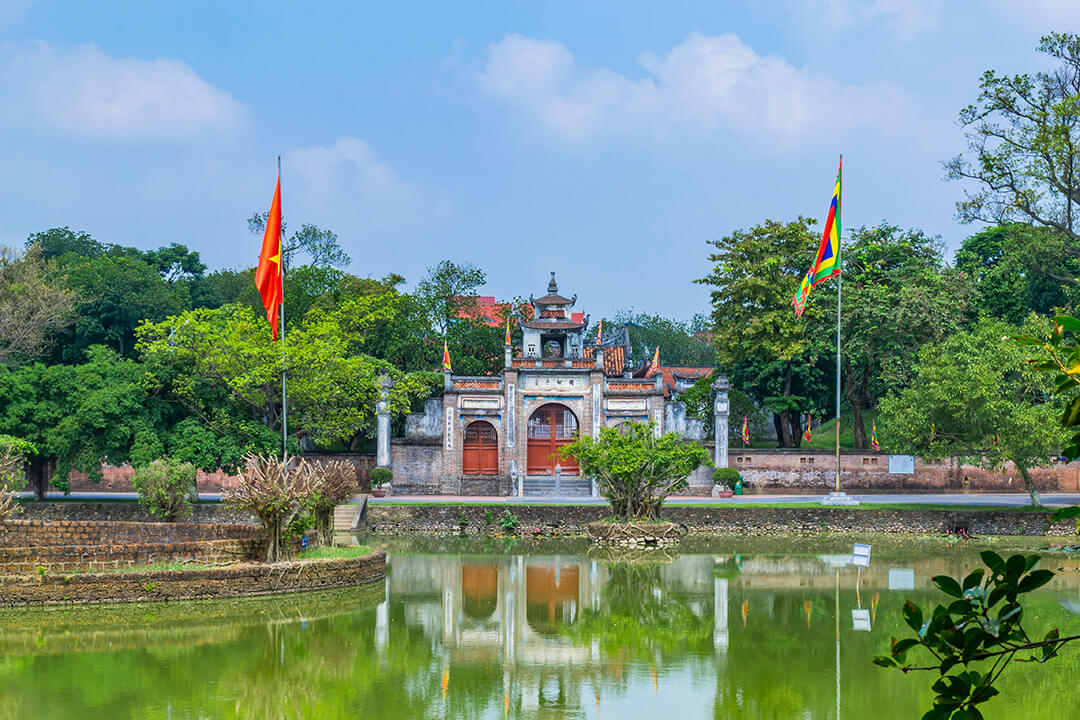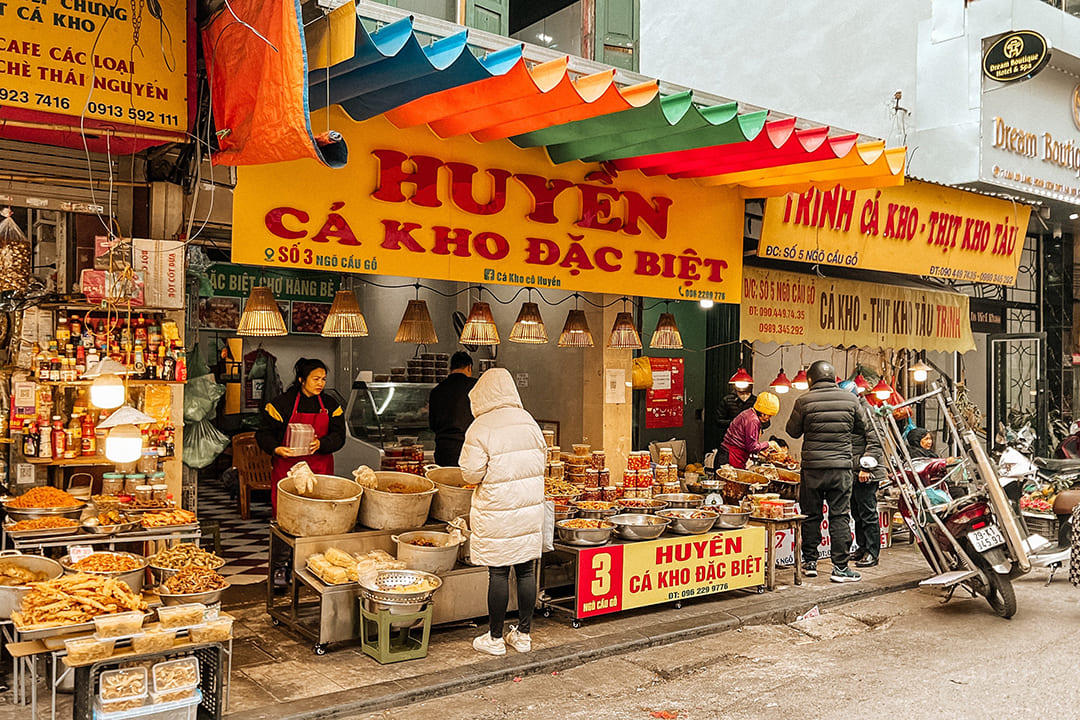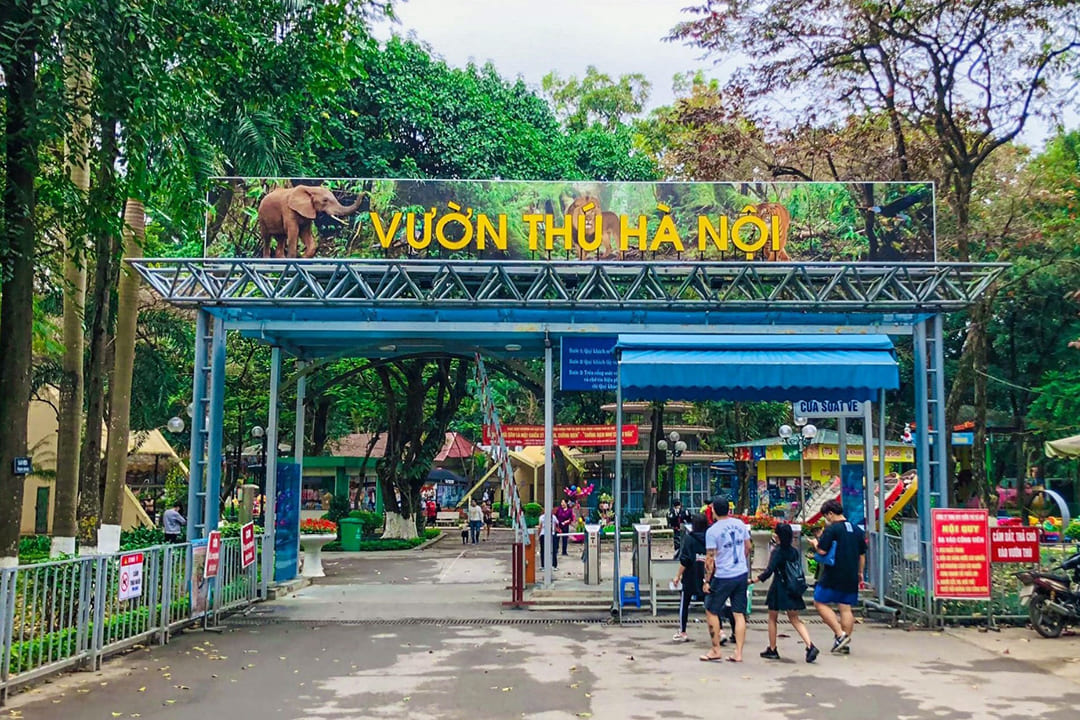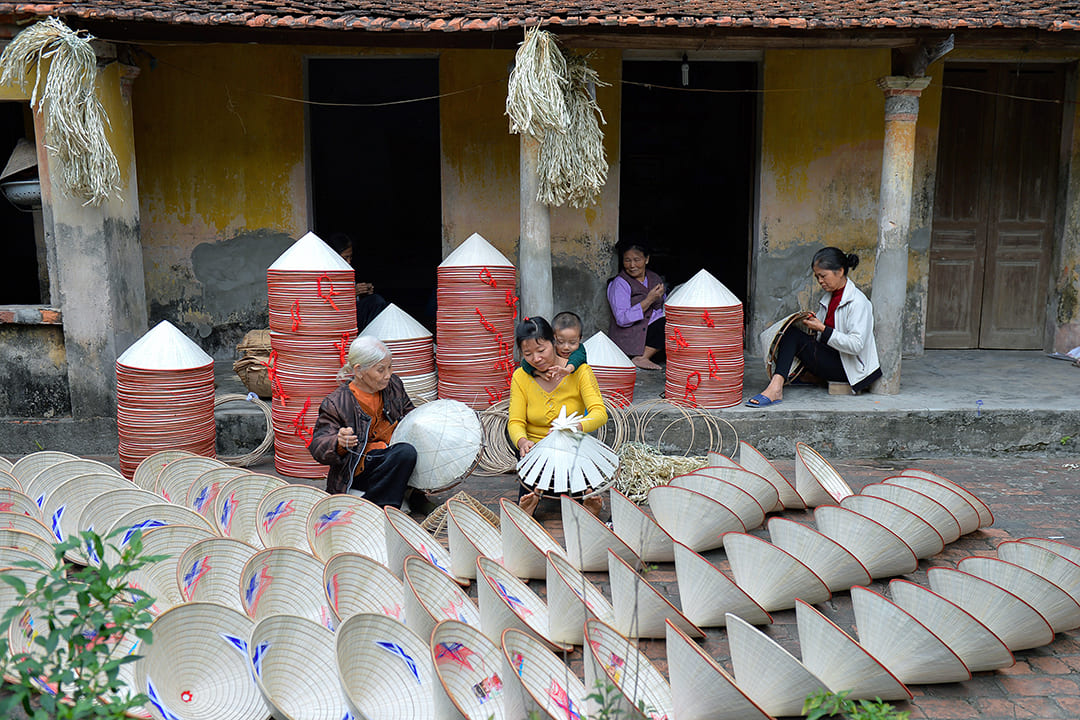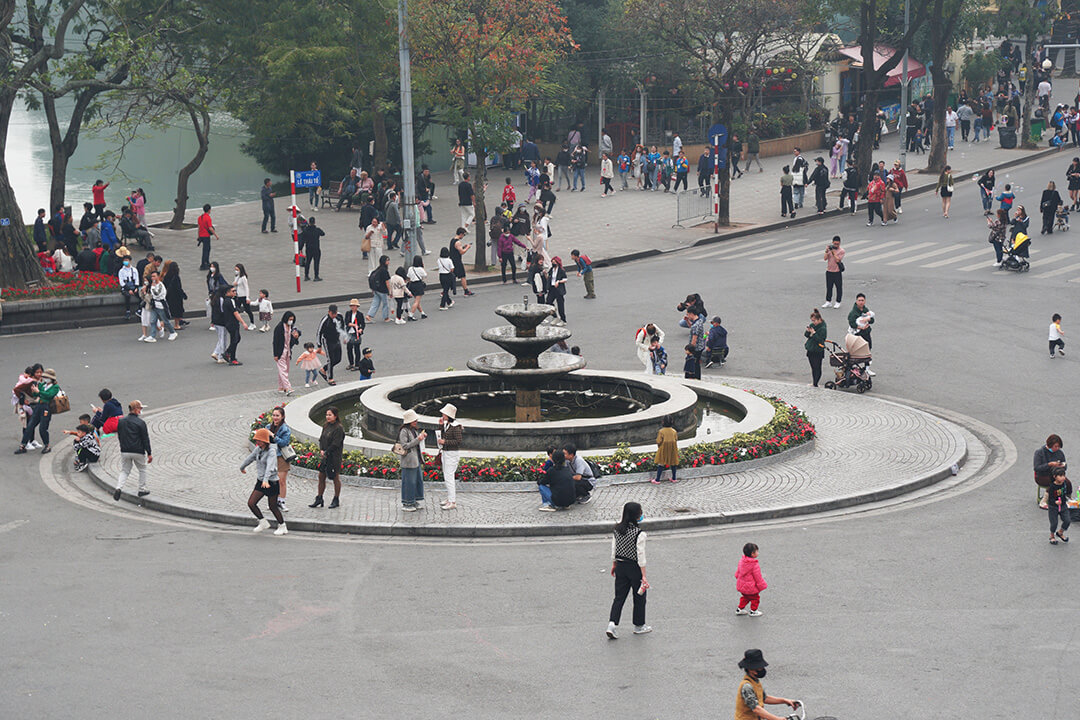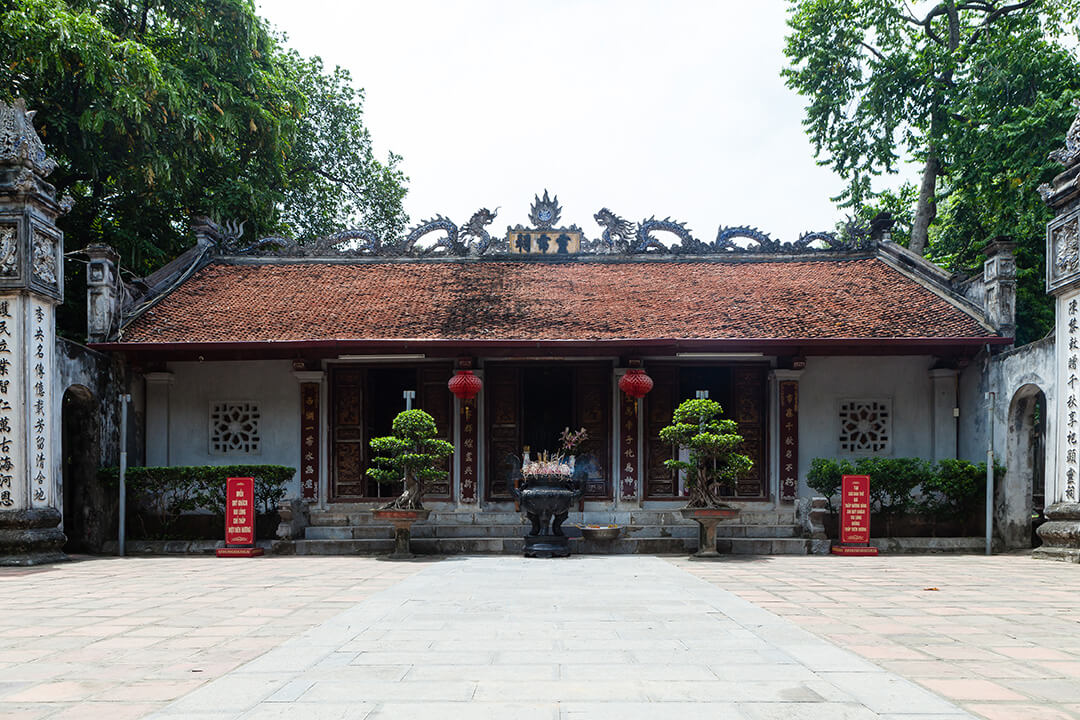Oct - 06 - 2025
Thay Pagoda is one of the most significant historical and spiritual destinations in the outskirts of Hanoi. This complete guide of GTrip offers a comprehensive look into a place where serene landscapes, ancient architecture, and profound cultural heritage converge. Deeply connected with the revered Zen master Tu Dao Hanh, the celebrated ancestor of Vietnamese water puppetry, this site promises a journey into the heart of Vietnam's spiritual traditions. As a must-visit spiritual site alongside Tay Phuong and Perfume Pagodas, Thay Pagoda captivates visitors with its rich history, unique architectural layout, and vibrant festivals. This guide will cover its location and directions, storied past, distinctive architecture, must-try experiences, and the famous annual festival.
Where is the Thay Pagoda and how to get there?
Before you embark on your spiritual and cultural exploration, it's essential to know how to reach this tranquil destination. Thay Pagoda is located at the foot of Sai Son Mountain, in Sai Son Commune, Quoc Oai Ward, Hanoi. Situated approximately 25-30 kilometers southwest of the city center, it is an accessible day trip for those looking to escape the capital's hustle and bustle.
- Car/Taxi: This is the most convenient option, offering a direct journey of about 45-60 minutes from central Hanoi. The route typically follows Thang Long Boulevard (CT08) to the Sai Son intersection; from there, it is a short drive following local signs to the pagoda.
- Motorbike: For the adventurous traveler, a motorbike provides flexibility and a scenic ride through the countryside. Riders should use the parallel road next to Thang Long Boulevard, as motorbikes are not permitted on the main highway, before turning at the Sai Son intersection.
- Bus: A budget-friendly choice is the public bus. Bus route CNG01 (or former route 73) runs from My Dinh Bus Station and has a stop conveniently located at the entrance to Thay Pagoda. It is an affordable and straightforward option.
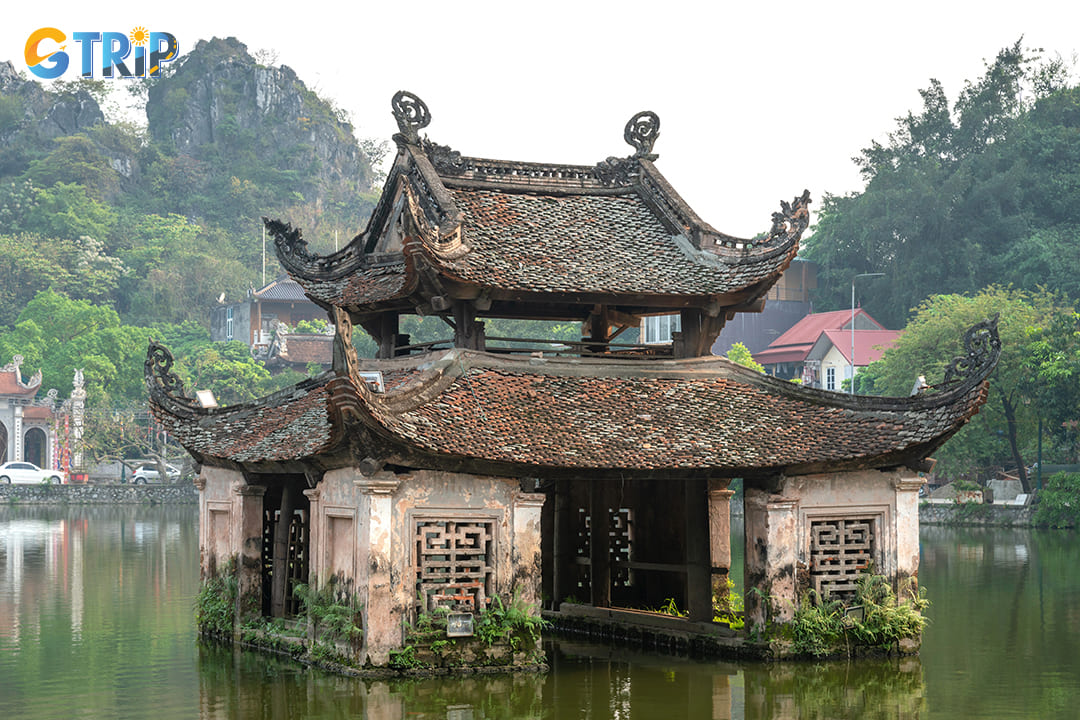
Thay Pagoda is located at the foot of Sai Son Mountain, in Sai Son Commune, Quoc Oai Ward, Hanoi
History of Thay Pagoda
The history of Thay Pagoda is deeply intertwined with the life of the revered Zen Master Tu Dao Hanh during the Ly Dynasty in the 11th century. Originally a small hermitage called Huong Hai, the site was later expanded by King Ly Nhan Tong to honor the master. Tu Dao Hanh was not only a spiritual leader but also a healer, mystic, and the creative force credited with inventing the art of water puppetry. His creation of water puppetry established a unique art form, which can still be enjoyed today at venues like the famous Thang Long Water Puppet Theater. Seeing a Water Puppet Show in Hanoi remains a top activity for visitors.
Legend holds that at the end of his life, the master meditated until he passed away and was reincarnated as King Ly Than Tong, linking the pagoda directly to Vietnam's royal history. In recognition of its profound cultural and historical importance, Thay Pagoda was designated as a Special National Monument in 2014.
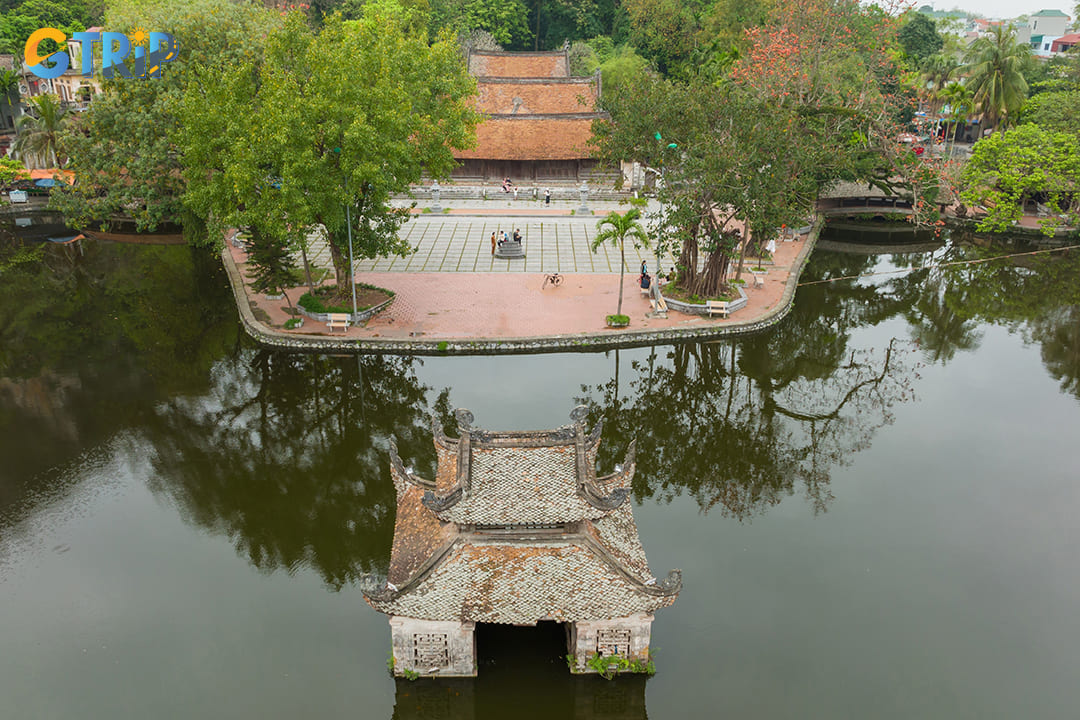
The history of Thay Pagoda is deeply intertwined with the life of the revered Zen Master Tu Dao Hanh during the Ly Dynasty in the 11th century
Discover the unique architecture of Thay Pagoda
The architecture of Thay Pagoda is a harmonious blend of traditional design and natural landscape, laid out according to feng shui principles on what is considered dragon-shaped terrain. The main pagoda complex is structured based on the Chinese character "Tam" (三), which means three, representing a three-part design with three parallel halls connected to form a single cohesive structure.
- Lower Pagoda (Chua Ha): This is the front hall used for offerings and initial ceremonies for visitors and pilgrims.
- Middle Pagoda (Chua Trung): This central building is where the Buddha and various deities are venerated, housing altars for the Triple Gem and guardian deities.
- Upper Pagoda (Chua Thuong): Located at the highest and innermost position, this hall is dedicated to Zen Master Tu Dao Hanh. It features statues depicting his three life stages, as a monk, a Buddha, and an emperor, showcasing a unique blend of Buddhist and folk beliefs.
The architectural centerpiece of the complex is the Thuy Dinh (Water Pavilion), which stands elegantly in the middle of Long Chieu Lake. This pavilion serves as one of Vietnam's oldest and most iconic stages for water puppet performances, especially during festivals. Connecting the tranquil grounds are two exquisite arched bridges: Nhat Tien (Sun Bridge) and Nguyet Tien (Moon Bridge). Built over 400 years ago, their unique "house over bridge" style, with tiled roofs, creates a picturesque and harmonious landscape that perfectly complements the serene environment.
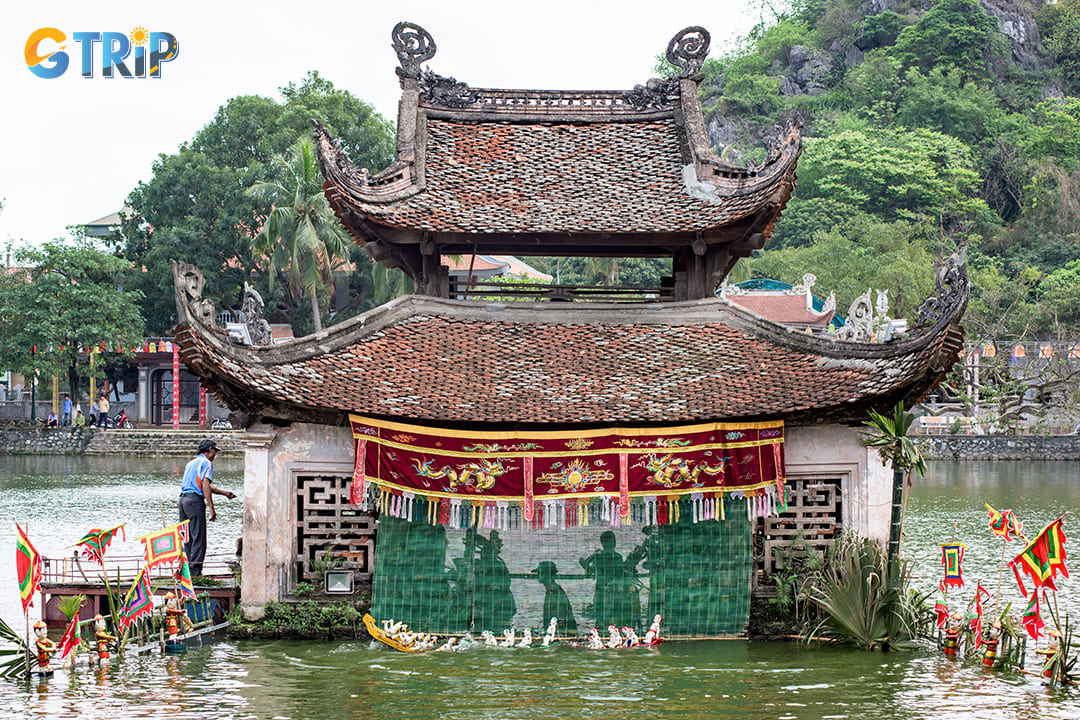
Thuy Dinh (Water Pavilion) serves as one of Vietnam's oldest and most iconic stages for water puppet performances
Must-try experiences at Thay Pagoda
A visit to Thay Pagoda offers more than just architectural admiration; it's an opportunity to immerse yourself in a world of spiritual serenity and natural beauty. You can engage in several unique activities that make for a memorable trip.
- Admire the serene landscape from the main pagoda: Find a moment of peace while gazing at the tranquil Long Chieu Lake, the ancient bridges, and the iconic water pavilion floating like a gem on the water.
- Watch a water puppet performance during the festival: If your visit coincides with the annual festival, witness the traditional art form in its most authentic setting, the historic Thuy Dinh Water Pavilion.
- Pay respects to Zen Master Tu Dao Hanh: Visit the Upper Pagoda to see the statues dedicated to the master and learn about his profound legacy in Vietnamese Buddhism and culture.
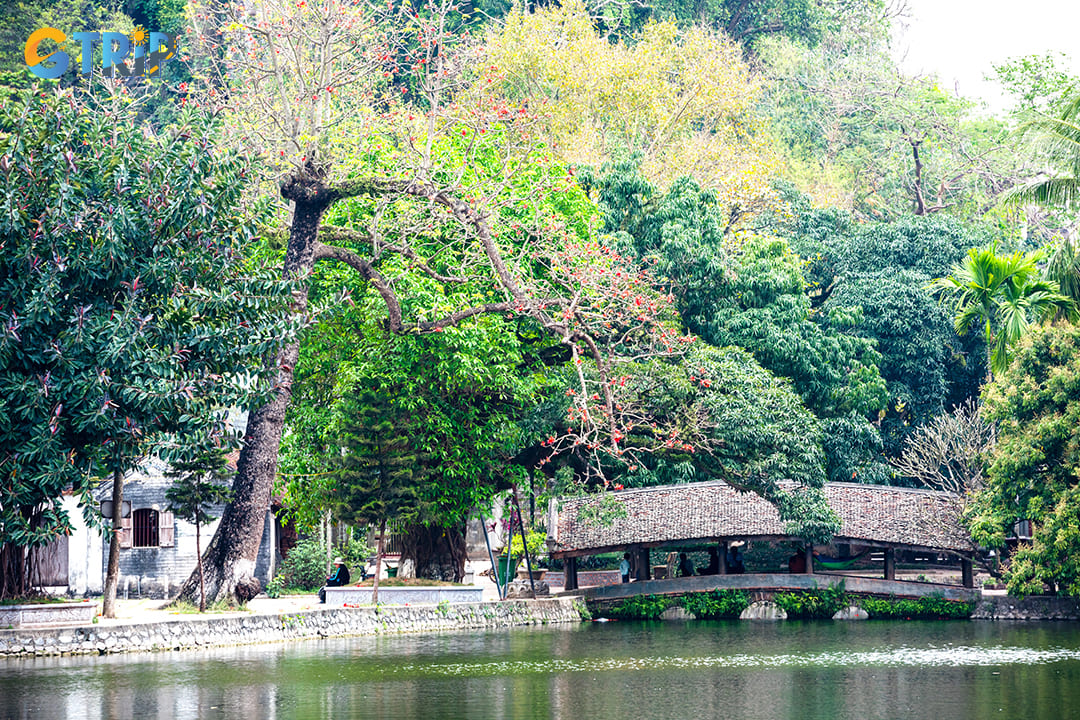
A visit to Thay Pagoda is an opportunity to immerse yourself in a world of spiritual serenity and natural beauty
- Explore the surrounding caves and temples on Sai Son Mountain: The mountain behind the pagoda holds several smaller temples and mysterious caves, offering a blend of natural mystery and spiritual legend.
- Chua Cao (High Pagoda): A short but steep climb up the mountain leads to this smaller pagoda, which was the first monastic place of Tu Dao Hanh and offers panoramic views of the entire area.
- Cac Co Cave: A cave with a somber history tied to the resistance against past invaders.
- Heaven Market Cave (Cho Troi): A grotto that opens to the sky, creating a mystical and awe-inspiring natural chamber.

Cac Co Cave is a cave with a somber history tied to the resistance against past invaders
Thay Pagoda Festival
Recognized as a National Intangible Cultural Heritage, the Thay Pagoda Festival is one of the largest and most vibrant celebrations in the Northern Delta region. The festival is officially held from the 5th to the 7th day of the third lunar month, with the main festivities occurring on the 7th day. This event commemorates the life and legacy of Zen Master Tu Dao Hanh and draws pilgrims and visitors from all over the country.
The festival is a rich tapestry of sacred rituals and lively cultural activities. Preparations begin days in advance, with the cleaning of the pagoda and the performance of the Moc Duc, or statue bathing ceremony. During this solemn ritual, monks and respected village elders carefully wash the statues of Tu Dao Hanh with rainwater infused with fragrant leaves, an act of purification and reverence.
The festival’s main events include:
- Ceremonial processions: The highlight is the procession of the sacred tablet of Tu Dao Hanh, which is carried by representatives from four local villages, Thuy Khue, Da Phuc, Sai Khe, and Khanh Tan. The procession moves with great solemnity, accompanied by flags, banners, gongs, and drums, reenacting the master's journey of cultivation.
- Water puppetry: As the birthplace of this unique art form, the festival features captivating water puppet shows performed on the Thuy Dinh stage. Troupes perform tales from folklore and legends related to the master, bringing ancient stories to life on the water.
- Folk games: The expansive lawn in front of the pagoda becomes an arena for a variety of traditional folk games that energize the festive atmosphere. Visitors can witness or participate in spirited wrestling matches, where strength and technique are on full display. Another popular game is human chess, where people take on the roles of chess pieces on a giant board, creating a living strategy game. Other activities like cockfighting and pot smashing also contribute to the lively scene.
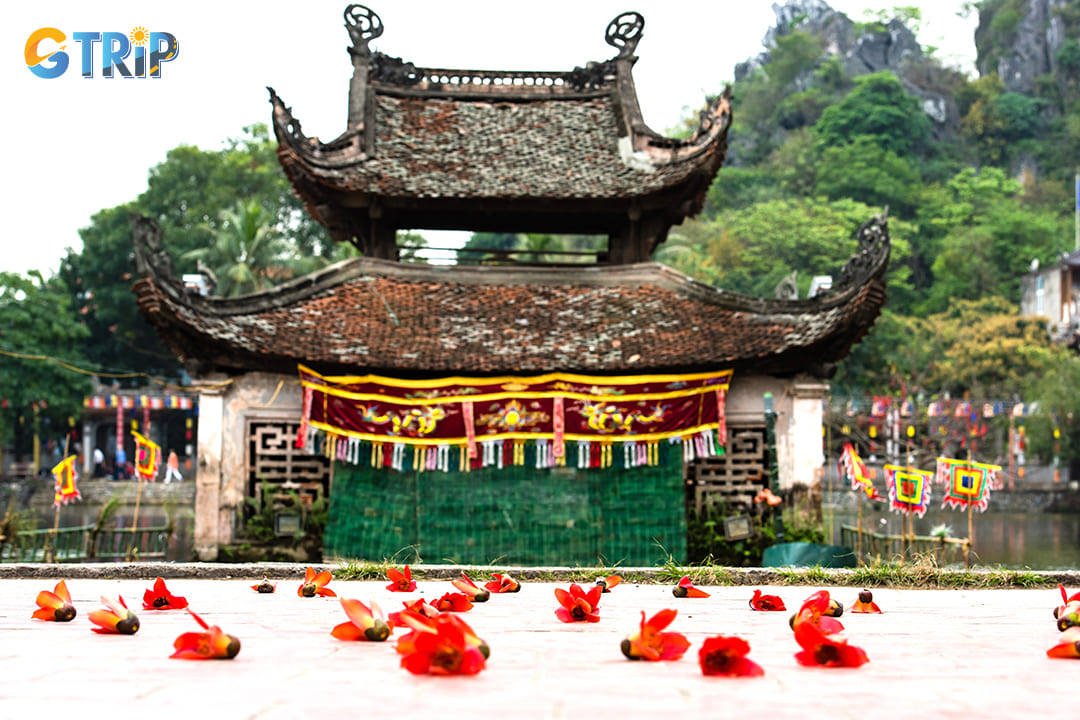
The Thay Pagoda Festival is one of the largest and most vibrant celebrations in the Northern Delta region
Tips for visiting Thay Pagoda
To ensure a respectful and enjoyable visit, keep these practical tips in mind:
- Clothing: Wear respectful and modest attire that covers your shoulders and knees. This is standard etiquette for all Vietnamese pagodas and sacred sites.
- Footwear: Choose comfortable walking shoes, as the complex is large and exploring Sai Son Mountain involves climbing steep stone steps.
- Behavior: Maintain a quiet and respectful demeanor. Refrain from loud conversations, especially inside the prayer halls, to preserve the serene atmosphere.
- Preparation: Bring water and sun protection, particularly if you plan to climb the mountain. While there are some stalls, it's wise to be prepared.
- Map: Upon arrival, take a moment to look at the site map near the entrance. This will help you navigate the three main pagodas, the bridges, the lake, and the trails leading to the mountain caves.
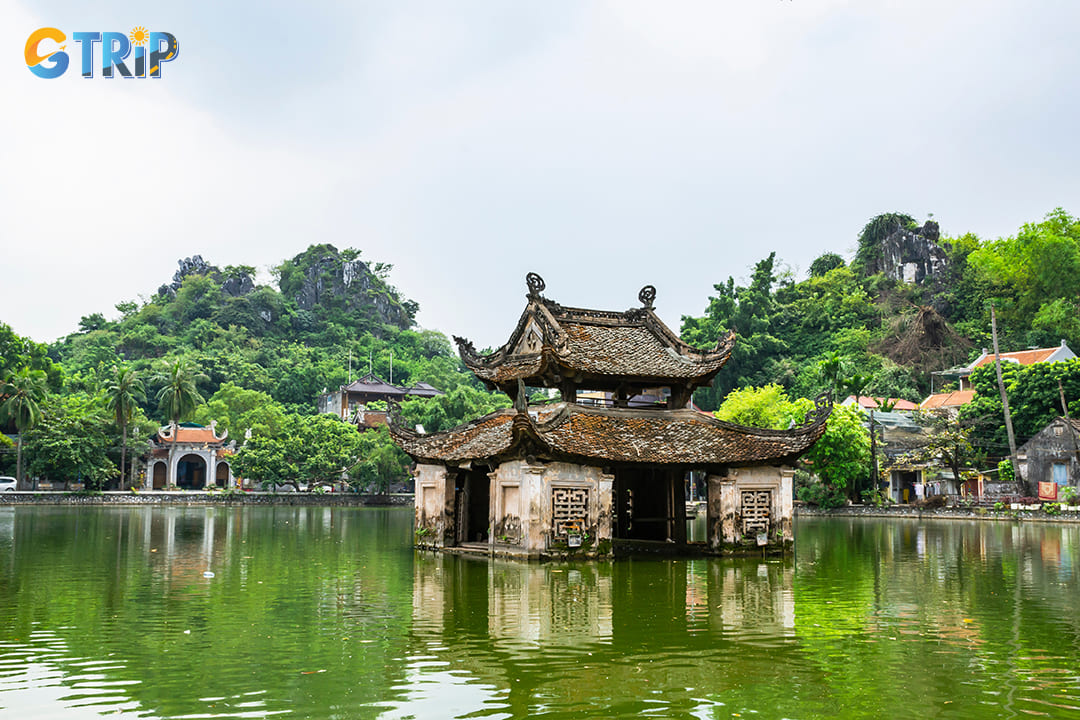
To ensure a respectful and enjoyable visit to Thay Pagoda, you should keep those practical tips in mind
Thay Pagoda is far more than just a historical landmark. It is a living sanctuary of serene beauty, profound history, and unique cultural traditions. Its deep connection to Zen master Tu Dao Hanh and its status as the cradle of Vietnamese water puppetry offer a distinct and enriching experience. A visit to this Special National Heritage Site provides a captivating glimpse into the soul of Vietnam. A day trip to Thay Pagoda is an essential addition to any Hanoi itinerary, promising a journey of discovery and tranquility. You can book tours to explore Vietnam from Hanoi with GTrip - Vietnam Travel Agency to explore more deeply about this pagoda.

